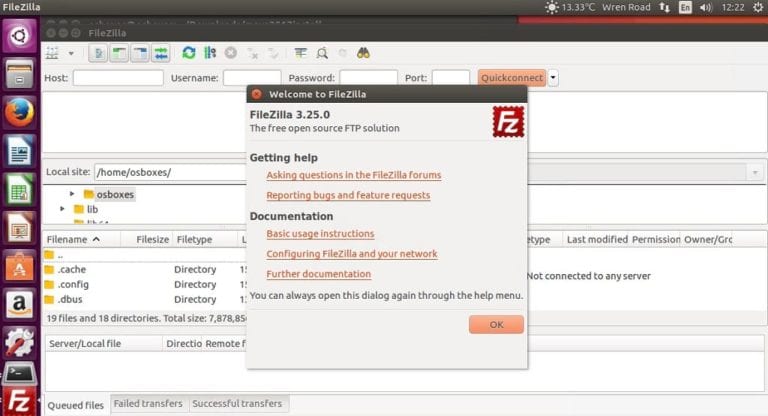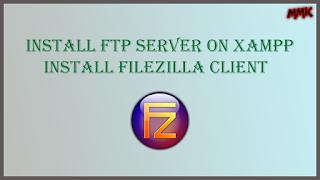

I recommend leaving it at the standard port 14147.

You will see an option to select what port the admin interface for FileZilla server should list. You will need to install the FileZilla server on your computer. You’ll first need to download the FileZilla server. There are a few different choices you can use to create an FTP server, but in this guide, we will use FileZilla, which is free. Once you have created a hostname with No-IP you will need to download and run an FTP server. If you do not already have an account, you will need to create an account by following the steps in our Getting Started guide. You can create and use a hostname with No-IP to run an FTP server. FTP or File Transfer Protocol servers allow you to share or host data on your computer that might be too large to transfer through email.


 0 kommentar(er)
0 kommentar(er)
